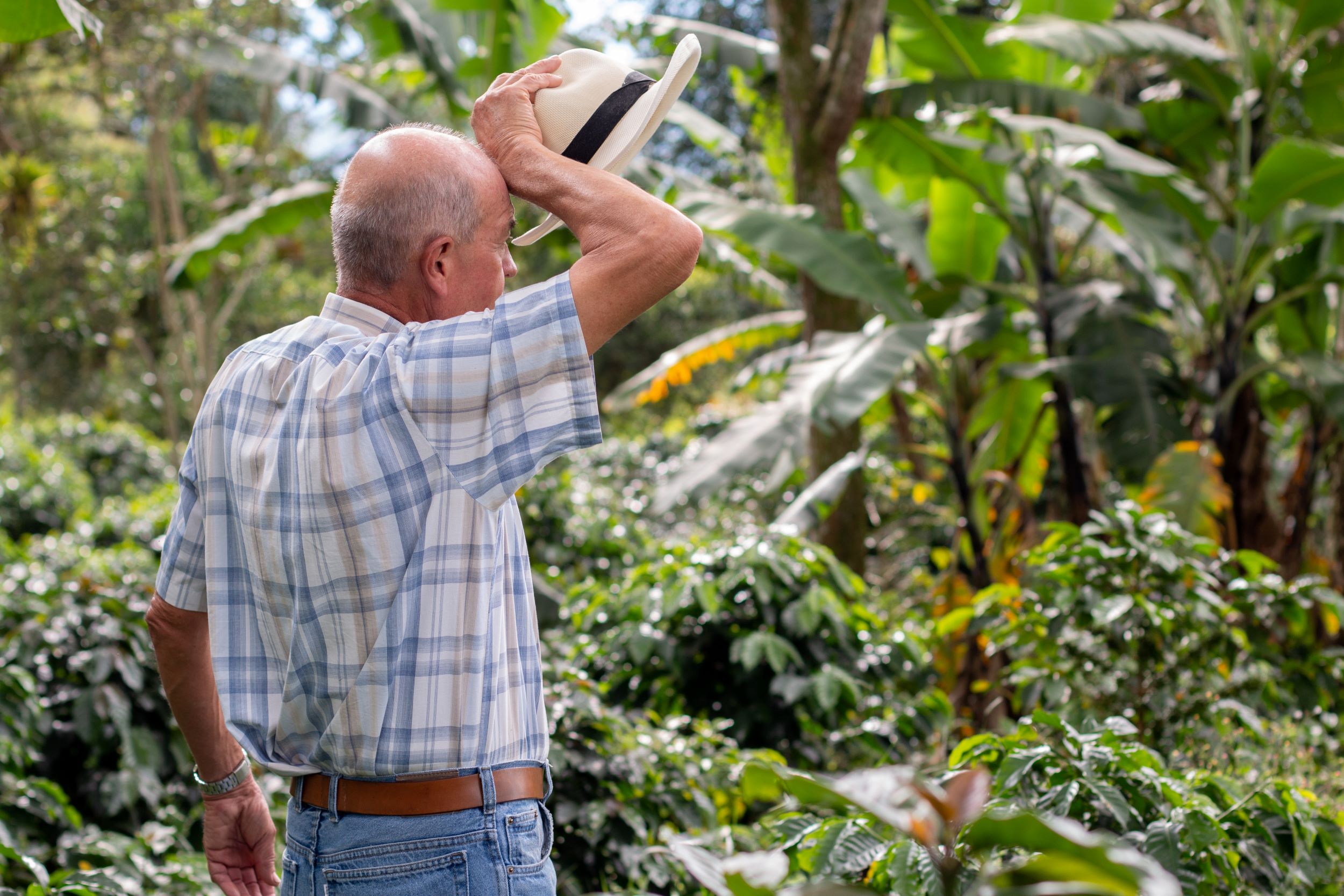
Whether a heatwave or a hailstorm, adverse weather can have an extraordinary impact on the lives and livelihoods of Australians from Mosman to Mt Buller. The Bureau of Meteorology’s recent declaration of a positive phase Indian Ocean dipole and an El Niño weather cycle can sound alarming and confusing for many onlookers (particularly those vulnerable to heat-related illnesses).
Let’s discover what an El Niño weather cycle and Indian Ocean dipole are, in particular how they contribute to adverse weather events on Australia’s Eastern Seaboard, but also how older Australians can prepare for the impending summer heatwave.
What is an El Niño Event?
In broad terms, Australia has a range of climate variability that impacts the environment on an annual basis. In cases of extreme weather variability, meteorologists such as those at the Bureau of Meteorology look to declare an El Niño or La Niña event.
While a La Niña event is typically attributed with summers that experience greater than average rainfall, an El Niño event is typically associated with summers with a harsher range of environmental impacts. These include warmer temperatures, an increased fire danger in some parts of Australia, and reduced rainfall.
What is a Dipole Event?
In the Indian Ocean, periodic weather events occur which can result in the irregular oscillation of sea surface temperatures. This typically occurs on an annual basis, with various phases – a positive phase leads to warmer temperatures in the Western Indian Ocean, while an Eastern Indian Ocean Dipole can lead to cooler temperatures.
For the first time in four years, a positive phase Indian Ocean Dipole event was declared by the Bureau of Meteorology. In conjunction with an active El Niño event, it’s expected that both the El Niño and dipole events will contribute towards adverse, warm periods for an extended period of time.
Looking beyond this summer, it’s expected that extreme weather events will continue to have an impact on the lives of all Australians, and in particular, the most vulnerable of our society. We’ll explore what preventative measures you can take to help protect yourself and your loved ones from the heat this summer.
What is a Heat-Related Illness?
A heat-related illness can be described as a medical condition that is worsened due to heat exposure. Heat-related illness occurs when the body cannot cool itself and maintain a healthy temperature after exposure to heat. This lack of thermal regulation can have a runaway effect and can worsen an existing illness, potentially exacerbating conditions such as asthma and dehydration. You don’t have to be a medical professional or studying a Master’s of Healthcare to appreciate that this can be life-threatening if not treated in an adequate time period.
For those who are unable to take shelter from the heat, whether that be as a result of a lack of shelter or protective clothing, hot weather over a prolonged period can have adverse physical effects. As an example, those who need to work outside in physically intensive environments may experience heat stress after a period of exposure.
For many community groups, providing facilities that can protect the vulnerable from the adversities of heat-related illness can be incredibly powerful. Some local councils are actively working towards providing facilities to provide support for those who are vulnerable (such as grandparents), but least likely to be able to afford preventative measures on their own. The work that councils and other organisations are doing highlights the importance of preventative measures – and how communities are coming together to fight the perils of adverse climate events.

The Risk Factors of Heat Related Illnesses
While anyone can get heatstroke, there are some groups of society that are considerably more vulnerable than others. Some of the groups that are most at risk include people with chronic medical conditions such as diabetes or kidney disease, people, elderly people over the age of 65, and those that live alone.
Heat-related illness doesn’t specifically impact the elderly, however. Infants and young children are also particularly susceptible, as well as individuals who have limited mobility. No matter your race, religion or physical condition, heat and its associated illnesses can be tricky to manage and hard to identify.
Additional factors that can contribute to an increased risk of heat-related illness include a lack of access to air-conditioning and those who do not live at a fixed address and are exposed to extreme heat regularly. While the human body can do some thermal regulation when healthy, any of these risk factors can reduce the ability of the body to regulate temperature adequately, increasing the risk of heat stress.
The wide range of risk factors that contribute to an increased risk of heat-related illness highlights just how broadly adverse weather systems can impact the human body. The human body is an incredible thing – however, it is not simply infallible.
Preventative Measures To Protect Yourself
While an extreme weather event can sound daunting, for many Australians, simple preventative measures can be taken now to prepare yourself for the summer ahead. Ensuring you stay hydrated by drinking plenty of water, even if you’re not particularly thirsty, can help you stave off the effects of heatstroke.
Other measures that can be taken include closing windows and blinds if they’re open – and staying in a cool space where possible – if it has air conditioning, even better. It’s best not to spend too long out in the heat if you have a health-related illness – at the end of the day, you must look after yourself first.
Extreme heat is a killer in Australia, often reported as the most fatal weather event in Australia’s wild weather. While those who are vulnerable remain at increased risk, the work that everyone puts together to ensure the health and well-being of Australians should help contribute to a more vibrant and thoughtful community.